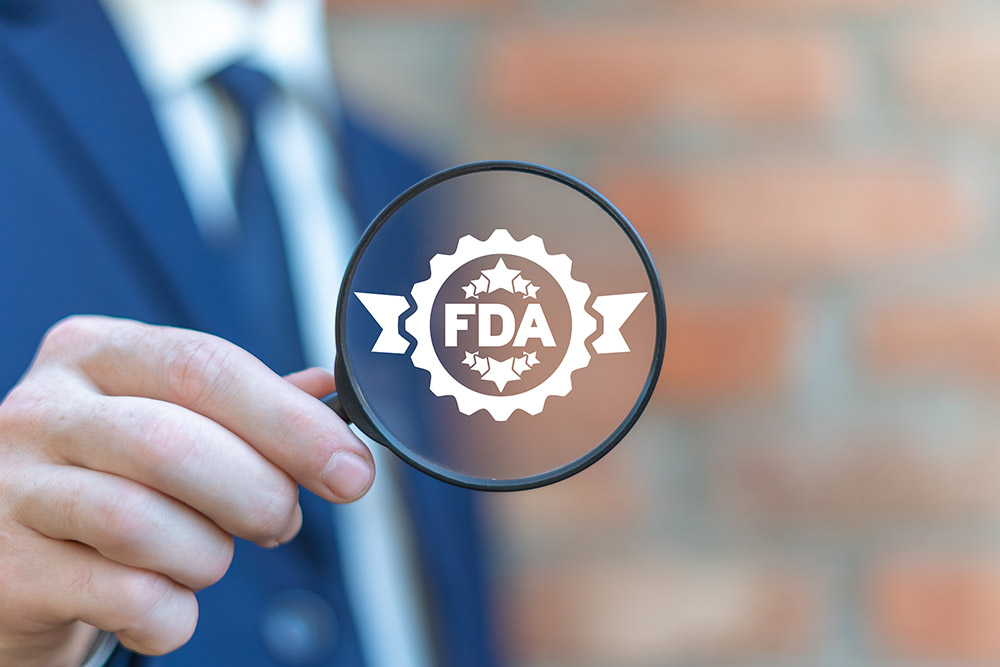
On January 31st, 2024, almost 2 years after the Food and Drug Administration (FDA) published its proposed rule for the harmonization of quality system regulation (QSR) and ISO 13485, it has issued its final rule.
Here’s what medical device organizations need to know.
What Is QMSR?
The quality management system regulation (QMSR), which has been a long time coming, replaces QSR and harmonizes FDA’s 21 CFR Part 820 requirements with the ISO 13485 standard. The goal is to align regulatory expectations across all medical device manufacturers. The QMSR puts an emphasis on risk management activities as well as risk-based decision making and reduces the regulatory burden on importers and manufacturers of medical devices through the harmonization of both international and domestic regulatory requirements.
According to the director of the FDA’s Center for Devices and Radiological Health:
“This final rule is the latest action taken by the FDA to promote global harmonization in device regulation to help assure that patients and providers have timely and continued access to safe, effective, and high-quality medical devices both at home and abroad,” said Jeff Shuren, M.D., J.D., director of the FDA’s Center for Devices and Radiological Health. “By harmonizing key areas of a medical device manufacturer’s quality management system with the international standard, the FDA is streamlining actions device manufacturers must take to meet requirements by multiple regulatory authorities.”
Why Harmonize?
We operate in an increasingly global environment. As such, the FDA recognized the need for QMS regulations that are aligned regardless of where an organization is based in the world. The QMSR will enable global harmonization to alleviate the regulatory burden and ensure patients have access to the devices they need when they need them. Additionally, the FDA has estimated that the QMSR will enable faster access to new medical devices, directly impacting the consumers’ quality of life.
Background of QMSR Development
The FDA spent about 4 years reworking the QSR (21 CFR Part 820) before the draft regulation was published in February of 2022. FDA analysis showed that medical device organizations that comply with both 21 CFR Part 820 and ISO 13485 standards could save an average of $500 million in the next decade. One of the key reasons for harmonization was to reduce the burden on medical device makers by removing any redundancies of complying with QSR and ISO standards.
In 1996, the first ISO 13485 revision was established concurrently with the QSR, and resulted in the first standard to address quality management system criteria for medical device companies. Each revision brought the ISO standard more aligned with 21 CFR Part 820 requirements. After review, the FDA determined ISO 13485 and Part 820 to be similar, both helping to provide an efficient QMS within medical device organizations and ensuring the safety and effectiveness of these devices.
The need for the QMSR was born out of these similarities and brings us to where we are today, with the issuance of the final rule.

Key Components of Final Rule
Some of the QMSR key components include:
- Requirements for a Quality Management System: Under 820.10 organizations need to document that their quality management system (QMS) complies with any applicable ISO 13485 requirements. This applies to certain class I device manufacturers, class II and class III. Additionally, under 802.10 any manufacturers of life-saving devices need to comply with Traceability of Implantable Devices requirements (clause 7.5.9.2 in ISO 13485).
- Control of Records: Section 820.35 includes record signature and date requirements, documentation for meeting Unique Device Identification (UDI) requirements and information required in Part 803 must be captured on specific servicing activities and complaint records. Manufacturers must also continue to meet the requirements in clause 4.2.5 in ISO 13485.
- Device Labeling and Packaging Controls: The QMSR incorporates the addition of a labeling and packaging clause to Part 820. The new section, 820.45, requires a detailed description of all packaging and labeling activities. It maintains the requirements from QSR and is meant to strengthen the controls of packaging and labeling processes.
Timeline for QMSR Implementation
The rule will be effective two years after Federal Register publication and manufacturers must comply with the QSR until then. The QMSR enforcement will be effective starting on February 2, 2026, by which date device importers and manufacturers must modify their quality systems in line with the new rules’ requirements.
Get Ready for QMSR with Dot Compliance
While two years may seem like a long time away, don’t let it sneak up on you. Medical device organizations should start thinking about compliance now. Compliance with the QMSR will help ensure consistency in device regulation and help medical device manufacturers get safe, high-quality products in the hands of the patients who need them, faster.
Dot Compliance can help.
Dot Compliance provides an AI-powered electronic quality management system (eQMS) that helps medical device manufacturers align with the QMSR. Our fully validated, purpose-built solution is pre-configured to regulations including ISO 13485 and 21 CFR Part 820, ensuring that your system is always audit-ready.
Request a demo from one of our quality system experts today to see how you can achieve QMSR compliance with Dot Compliance.


